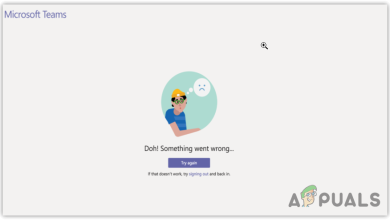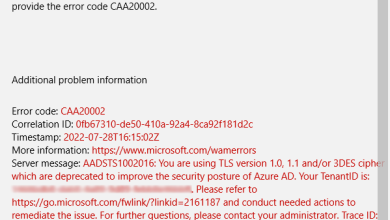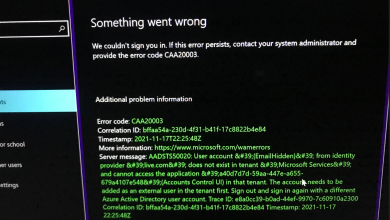How to Fix Printer Driver ‘Error 0x80070705’ (Unknown Printer Driver)
Some Windows 10 users are reporting that they end up seeing the 0x80070705 error code when they attempt to install the Google Cloud Printer or when attempting to migrate a printer from one Windows version to another. In most cases, the error code is accompanied by the error message ‘Unknown printer driver’.

After investigating this particular issue, it turns out that there are several different underlying causes that might be responsible for the apparition of this error code. Here’s a shortlist of potential culprits that might be responsible for the apparition of this error code:
- Google Cloud Print was deprecated – If you are seeing this issue while attempting to install or use Google Cloud Print, this error will pop up because the service was fully deprecated in January 2021 and is no longer supported by Google. In this case, there is nothing you can do other than migrating to a different printing option.
- Common Printer Protocol inconsistency – In case you’re encountering this issue while attempting to migrate a printer protocol from your computer to another via a local network, you might be able to fix the issue by running the Printer Troubleshooter and applying the recommended fix.
- Printer Spooler Service stuck in a ‘limbo’ state – Another possible scenario that might trigger this problem is an instance in which the printer spooler service that needs to handle the migration of the printing protocols is neither closed nor opened. In this case, you should be able to fix the issue by restarting the print spooler service.
Now that you are familiar with every potential culprit that might be responsible for the apparition of this error code, here’s a list of verified methods that other affected users have successfully used to resolve the 0x80070705 error and successfully install and use the Google Cloud Print driver.
Method 1: Migrating to a different Printing Option (if applicable)
If you’re encountering this particular issue while attempting to install or use the Google Cloud Print infrastructure, you’re seeing this error code because this service was deprecated in January 2021.
As of now, no devices (across all operating systems are able to print content using the Google Print Services. If you were still hoping there was a way to utilize Google Cloud Print, I have bad news: You need to find an alternative print solution and migrate your print services.
If you find yourself in this scenario, you have two ways forward:
- You can Deploy Printers through GSuite
- You can go for a service similar to Google Cloud Print
A. Deploying Printers through GSuite
- Access the Google Sign-in page and insert your user credentials to sign in to the Google Admin consoles.
- Once you have successfully signed in, go to Devices > Chrome using the Admin console Home page, then click on Printers from the list of available options.
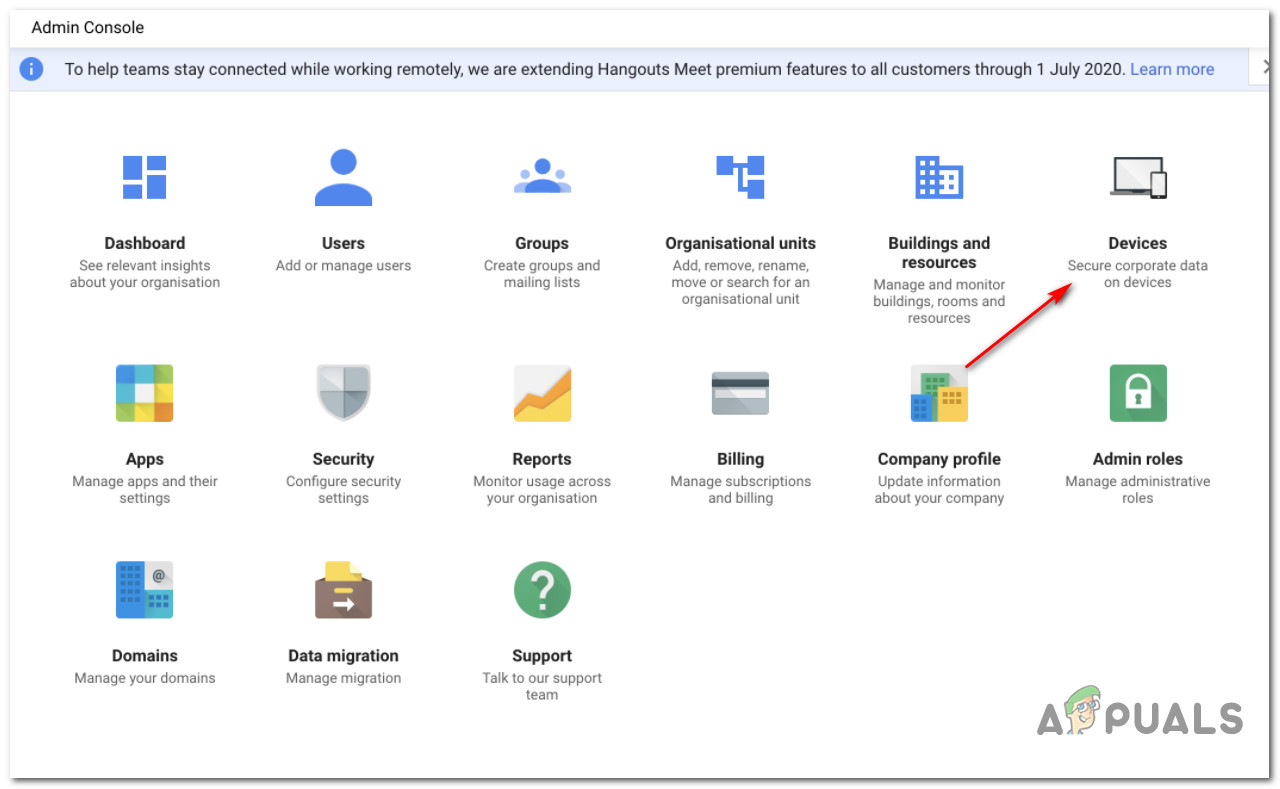
Accessing the Devices screen - Once you’re inside the Devices screen, click on Chrome, then click on Printer from the next context menu that appears.
- Once you’re inside the Printer screen, click on on the Add button (bottom right corner of the screen), then click on Add a printer.
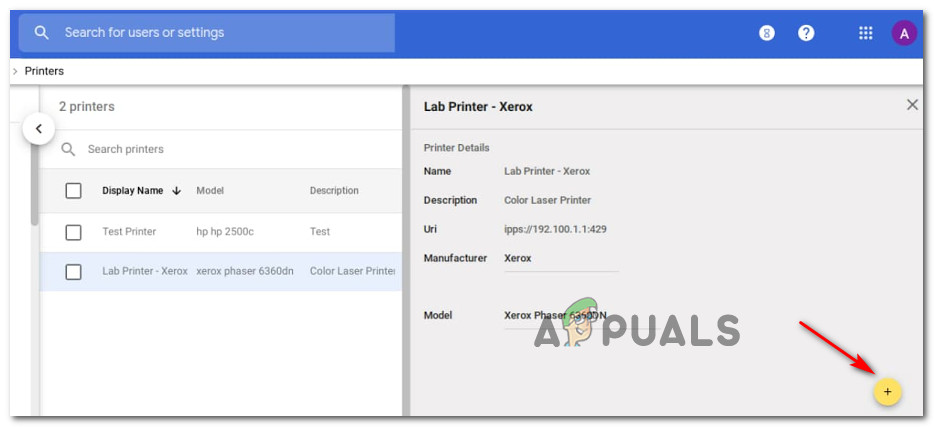
Adding a printer via Google Admin - Next, enter the printer details and click on Add Printer to save the changes in order to include this device in the list of useable printers inside the Google ecosystem.
Note: Keep in mind that some printers might need a queue name defined in the path in order to be able to be imported inside Google Admin.
B. Using a similar service to Google Cloud Print
If you don’t mind stepping outside Google’s ecosystem, then there are also a few Google Cloud Print alternatives that you could consider.
There are several 3rd party services that can readily replace the services of Google Cloud Print, including support for secured print jobs, remote printing, print management, and other core features that revolved around it.
The two 3rd party cloud-print vendors with the most international market share are directprint.io and Papercut.com. However, there are also smaller startups that are capable of ‘scratching this itch’ without breaking your bank (Ezeep and Printix).
In case you’re not encountering the 0x80070705 print error while attempting to install or use Google Cloud Print, move down to the next method below.
Method 2: Running the Printer Troubleshooter
If you’re encountering this issue while attempting to migrate one printer from one PC to another (over the network), chances are you’re dealing with a common inconsistency that Microsoft is already aware of.
In most documented cases, affected users that were previously dealing with this issue have reported that the problem was finally fixed after they ran the Printer Troubleshooter and applied the recommended fix – This is not guaranteed to work, but if your inconsistency is already covered by a repair strategy, Windows 10 should already know how to fix the issue automatically.
The Windows Printer Troubleshooter contains a selection of automated fixes that can be deployed with a single click if the culprit is already identified. Upon deploying a scan with this tool, it will automatically analyze the situation and determine if any of the pre-determined repair strategies are applicable in your current situation.
If a viable repair is identified, you will be presented with an option to apply the recommended fix.
In case you haven’t tried to use this utility yet, follow the instructions below to initiate a scan and apply the recommended fix via the Printer troubleshooter:
- Press Windows key + R to open up a Run dialog box. Next, type ”ms-settings:troubleshoot’ inside the text box and press Enter to open up the Troubleshoot tab of the Settings app.

Accessing the Troubleshooting tab on Windows 10 - Once you’re inside the Troubleshooting tab, scroll down through the list of options and click on Printer (under the Get Up and Running tab). Next, from the list of available options, click on the Run the Troubleshooter button from the context menu that just appeared.

Running the Printer troubleshooter - Wait until the scan is complete and if a viable fix is identified, click on Apply this fix to apply the recommended repair strategy.
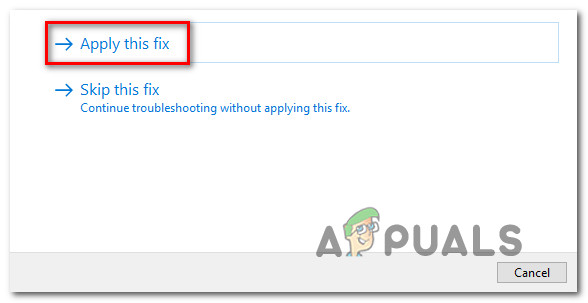
Applying the recommended fix - Once the recommended fix is successfully applied, restart your computer and see if the problem is fixed at the next computer startup.
In case this problem is still not fixed, move down to the next potential fix below.
Method 3: Restarting the Print Spooler Service
As it’s been confirmed by multiple users that were also dealing with the 0x80070705 error code, you can also expect to encounter this particular issue if you’re dealing with a fairly coom glitch with the Print Spooler service.
Printer protocol migration will definitely be affected if the spooler service on the receiving end is stuck in a ‘limbo’ state (it’s neither opened nor closed).
If this scenario is applicable, you should be able to fix the issue by restarting the Print Spooler service. If you don’t know how to do this, follow the instructions below:
- Start by pressing Windows key + R to open up a Run window. Once you see the Run prompt, type “services.msc'” and press Enter to open up the Services screen.
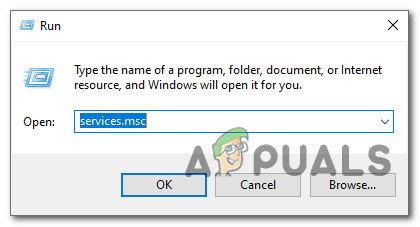
Opening the Services screen Note: If you’re prompted by the UAC (User Account Control), click Yes to grant administrative privileges.
- Next, once you are finally inside the Services screen, move to the right-hand side section then scroll down through the list of services until you locate the Print Spooler Service.
- Once you finally seee the Print Spooler service, right-click on it and then click on Properties from the newly appeared context menu.
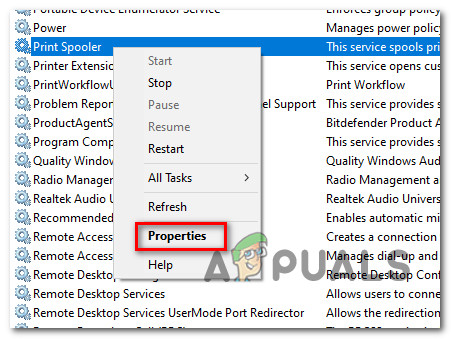
Accessing the Properties screen of the Print Spooler Service - Inside the Properties menu of the Print Spooler service, select the General tab from the vertical menu at the top, then, once you are in the correct menu, change the Startup type of this service to Automatic. Finally, click on Stop (under Service Status).

Restarting the Print Spooler service - Once you successfully stop the service, wait a little while before clicking the Start button in order to restart the Print Spooler service.
- After you successfully manage to restart this service, attempt to migrate the printer protocols again and see if the process is still interrupted by the same 0x80070705 error code.
If the same problem is still occurring, move down to the next potential fix below.
Method 4: Refreshing every Windows Component
If none of the methods above have worked in your case and you are certain that you are not dealing with a hardware issue that’s affecting your printer, you can probably conclude that you’re dealing with some type of underlying system corruption that is affecting your operating system’s ability to install and manage the migration of printer protocols.
If this scenario looks like it could be applicable, the best thing you can do at this point is refreshing every Windows component that might be causing this problem on the computer that you’re attempting to migrate the printing protocols to with a procedure like clean installing or repair install:
- Clean Installing – If you don’t have any valuable personal data currently stored on the OS drive or it’s a new Windows installation, the quickest and easiest procedure is to go for a clean install. This operation will end up erasing any personal data on the OS drive, but the best part is that you’ll be able to trigger this procedure without having to insert/plug in a compatible installation media directly from the GUI menu of your Windows 10 computer.
- Repair Installing – On the other hand, if you have important information on the OS drive of the computer that you plan on refreshing every Windows component, going for a repair install procedure is probably the best thing you can do at this point. This operation will allow you to keep your personal media, apps, games, and even some user preferences that are associated with your current OS installation.


